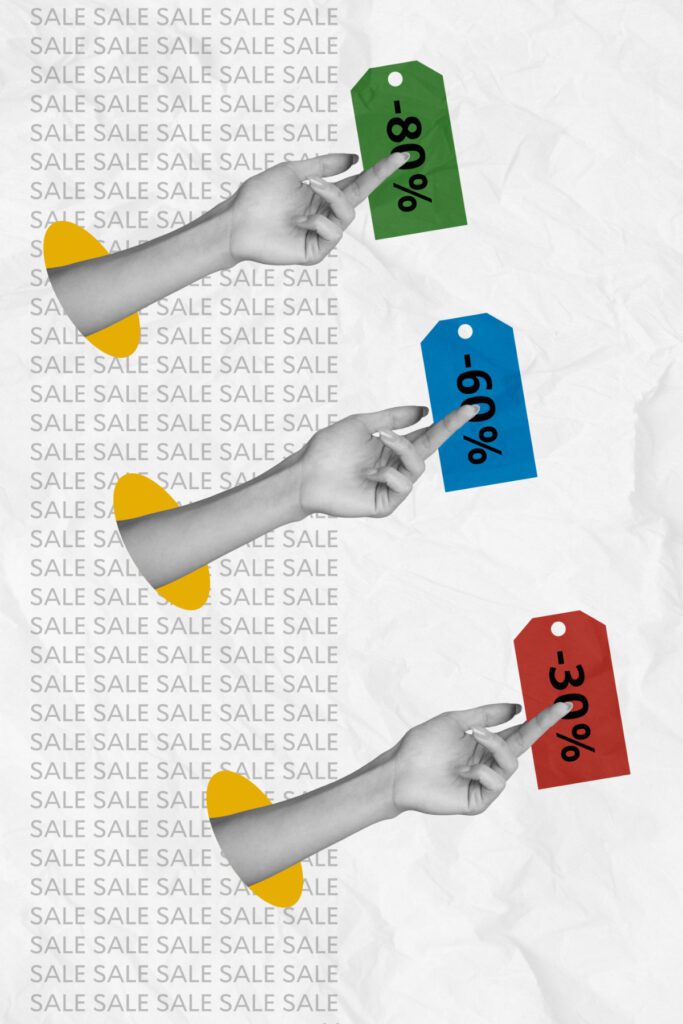Have you ever felt like you got a great deal—only to realize later that the “deal” was exactly what the brand intended all along? Welcome to pricing psychology, where perception is everything.
The way a price is presented can be just as important as the number itself. Clever framing, strategic comparisons, and a bit of behavioral insight can dramatically shift how much customers are willing to spend—and how good they feel about it afterward.
In this post, we’ll unpack three psychological principles that smart brands use to turn browsers into buyers and keep those buyers feeling confident about their purchase.
Anchoring Effect: The Power of the First Number
What it is: People tend to rely heavily on the first piece of information they receive—the anchor—when making decisions.

How it shows up in eCommerce:
Real-world example: Apple often displays the highest-tier iPhone price first, anchoring customer perception before revealing the more affordable options.
Pro tip playbook:
The Decoy Effect: Make One Option Shine
What it is: Introducing a third option that’s less attractive makes one of the other options look much better by comparison.

How it shows up in eCommerce:
Real-world example: The Economist once tested three subscription options: an online-only plan for $59, a print-only subscription for $125, and a combined print + online plan also priced at $125. Although very few people chose the print-only option, its presence made the combined plan look like a clear value. As a result, most customers picked the most expensive option—demonstrating how a strategically placed decoy can drive high-value conversions.
Most customers chose the bundle, even if they only wanted online. The middle option (Print-only) served as a decoy.
Pro tip playbook:
Cognitive Dissonance: Help Customers Feel Good After Buying
What it is: When actions don’t align with beliefs, people feel psychological discomfort—and look for reassurance to resolve it.

How it shows up in eCommerce:
Real-world example: After signing up for Spotify Premium, users receive personalized emails showing how much they’ve listened—validating that their purchase was worth it.
Pro tip playbook:
Final Thoughts: Smart Pricing Isn’t Just About Numbers
What you charge matters—but how you present it matters more.
By anchoring expectations, offering decoy comparisons, and easing post-purchase friction, you’re not just increasing conversions—you’re building trust, confidence, and long-term loyalty.
The most successful brands know: pricing isn’t math—it’s psychology, framed just right.

